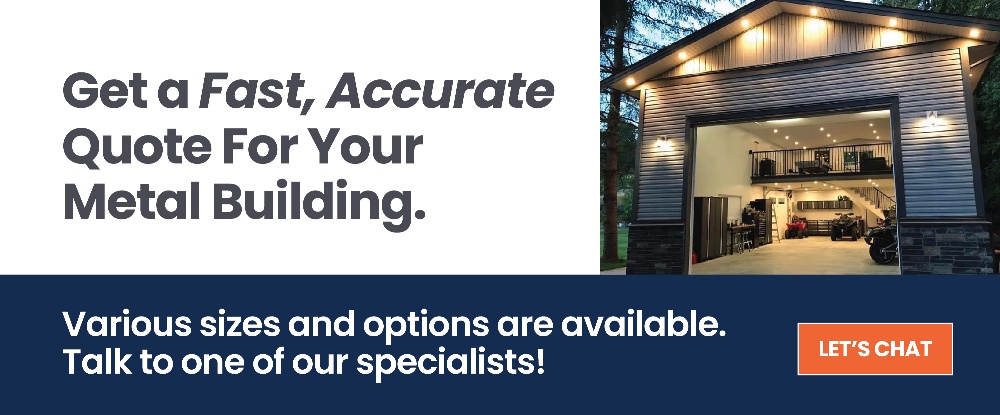Do I Need Concrete For My Metal Building?
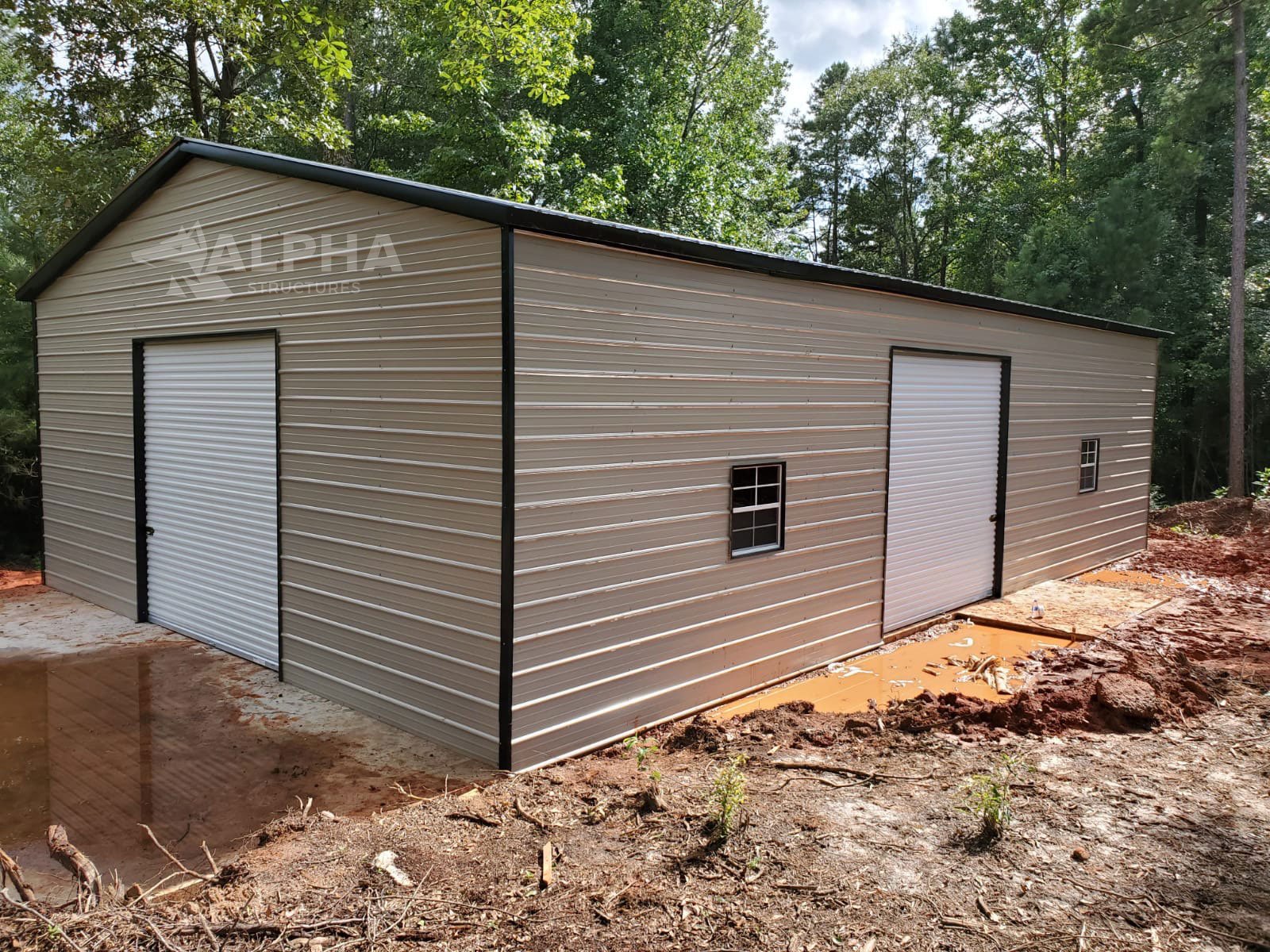
It may not be on the top of your mind when designing a new metal building, but the foundation of a metal building will determine its structural integrity for years to come. There’s no need to stress about this decision, but a little research could pay dividends far into the future.
Choose a foundation material as you apply for permits for your prefabricated metal building. The foundation is essential for the design and longevity of your structure. Even the best-designed building is futile without a solid foundation.
Depending on the size of your metal building, gravel, dirt, wood, or concrete are all viable options for a functional foundation. Ideally, your metal building will rest on a concrete slab foundation or a few concrete strips around the outside base. A concrete slab is by far the most popular option, but you can use another material depending on your property’s terrain.
You’ll need to pour concrete at least 72 hours before metal building installation, and then allow time for HVAC, electrical, and plumbing installation. With a little patience, you’ll be rewarded with a fully functional metal building and reliable concrete slab foundation.
Check with local authorities to see if your building needs permits. If so, most counties require a concrete foundation. The good news is that a concrete slab is much stronger and more reliable than other building materials.
For any type of foundation - concrete or other - you need a professional to level your building site. Up to 75% of installation problems come from neglecting this step or doing a poor job without professional help.
How to Plan Your Metal Building Foundation
It’s important to build a relationship with a trustworthy contractor before you pour your concrete slab foundation. Ask them for guidance regarding when to pour concrete, when to start building on your recently poured foundation, and any other logistical questions that might arise.
A reputable contractor is a great resource when considering issues like flood zones, soil, frost lines, building size, and applications. These conditions will vary greatly based on environmental factors, climate, and local regulations.
Depending on the type of soil on your property, your contractor may even recommend amending the soil or choosing a different location. This is mostly to accommodate sufficient drainage and adequate stability. Frost-lines are incredibly important, especially if you plan to connect any plumbing to your metal building.
A contractor will also help you determine your static load. This is what your building will hold, how large its footprint will be, and any inclement weather it will need to withstand. For instance, if you live in an area that is prone to earthquakes or tornados, you will need a stronger foundation.
Types of Metal Building Foundations
A metal building with a concrete slab is by far the best option for longevity. In some cases, it can cost more to install, but you will save money in the long run by cutting down on repairs and maintenance. At the very minimum, your metal building foundation requires concrete strips around the base. This perimeter footing must be 18-inches by 18-inches deep for 24x24 and 24x48 foot buildings.
You can also opt for a pier and beam foundation. In this case, your metal building foundation will rest on piers, which in turn will sit on footings with a grade beam wall. This option is generally more expensive, but your building may be more secure in the case of seismic shifts or heavy winds.
Don’t rule out ground mounting and concrete caissons, especially if you are building a metal barn or another structure with a dirt floor. Concrete caissons will anchor your metal building to the ground without building a full concrete foundation. Caisson installation may require deep holes that sit beneath your frost line. This guarantees that your foundation will be unaffected by freezing, thawing, and erosion.
A gravel base will save you money on installation—plus, it drains much better than soil. However, gravel is prone to shifting, and you may need to re-level it periodically. An asphalt base is also a good option if you live in an area with heavy winds or rain. It is less susceptible to erosion than gravel or soil, and your metal building will remain secure with specially designed asphalt anchors. With both gravel and asphalt bases, it’s imperative to get your foundation professionally leveled before you start building.
Related Content: How Much Does a Commercial Building Cost?
Metal Building Foundation Requirements
Climate, soil, and personal preference all play an integral role when deciding whether a concrete slab foundation is the right fit for your metal building. But it’s even more important to learn the details of metal building foundation requirements in your area. Your building engineer is a great resource for local laws and soil conditions. Though it may seem tedious during the initial stages, a little planning will save you from numerous headaches in the future. Keep these factors in mind and you will have a beautiful, functional metal building in no time.
When you are ready to commit to the metal building of your dreams, get in contact with a local concrete contractor. If your metal building needs permits, you’ll need the engineering floor plans.
A solid foundation will ensure that your metal building is safe from both inclement weather and local regulations. After professionally leveling the site of your foundation, construction can begin. Invest a little time in preparation and enjoy a dependable metal building that will last a lifetime.
Comments
Recent posts
-
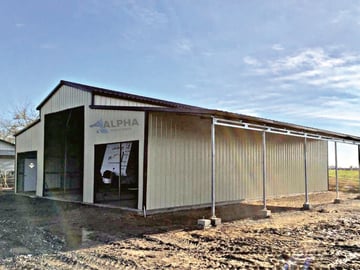
 4 REASONS WHY STEEL STORAGE BUILDINGS OUTPERFORM WOOD GARAGES
A metal garage is the greatest way to ensure that your automobiles and workplace...
December 11, 2022
4 REASONS WHY STEEL STORAGE BUILDINGS OUTPERFORM WOOD GARAGES
A metal garage is the greatest way to ensure that your automobiles and workplace...
December 11, 2022
-
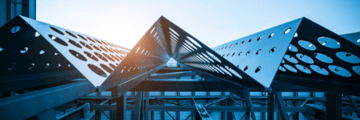
 Top 7 Uses for a Small, Attractive Commercial Metal Building
You know that old saying, "size doesn't matter?" Well, that rings true for comme...
December 11, 2022
Top 7 Uses for a Small, Attractive Commercial Metal Building
You know that old saying, "size doesn't matter?" Well, that rings true for comme...
December 11, 2022
-
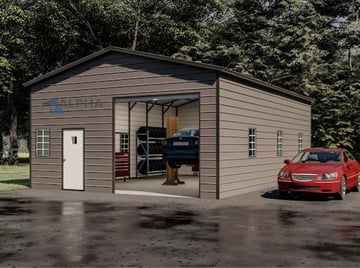
 Do Steel Storage Buildings Add Home Value: 7 FAQ Answered
Adding a garage to your property is one of the smartest investments you can make...
November 28, 2022
Do Steel Storage Buildings Add Home Value: 7 FAQ Answered
Adding a garage to your property is one of the smartest investments you can make...
November 28, 2022


